Introduction
We have already studied that the number which can be written in the form of p/q is called a Rational Number. Where p and q are integers and q ≠ 0. The decimal expansion of rational numbers is either a terminating decimal expansion or a non-terminating repeating (recurring) decimal expansion. In this section, we shall study and explore exactly when a rational number has the terminating decimal expansion and when it is a non-terminating repeating (recurring) decimal expansion. Let us understand with the help of several examples.
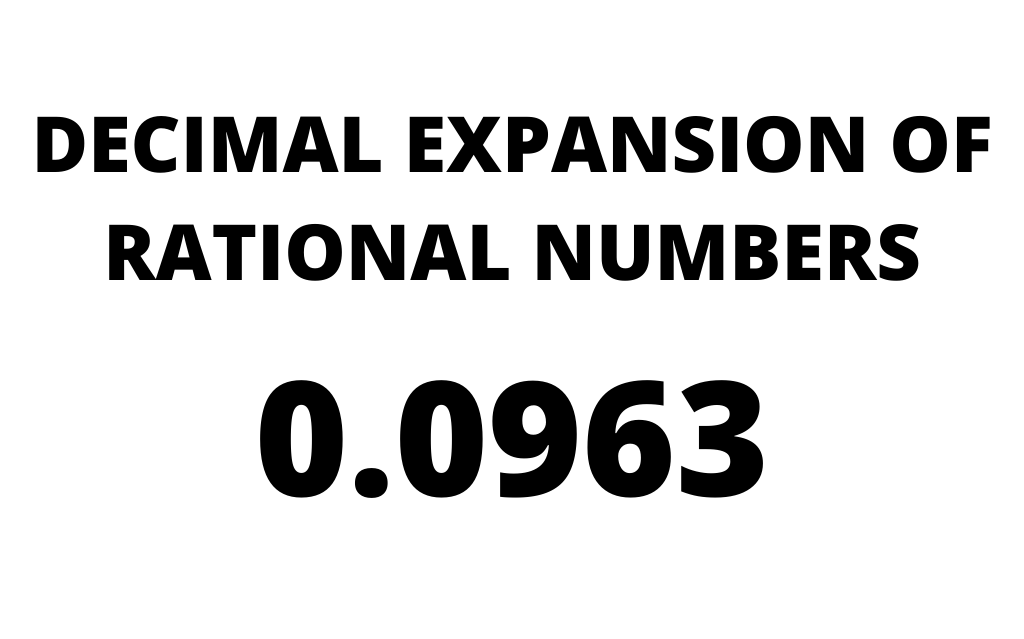
Explanation
Let us consider some rational numbers-
1) 3.75 2) 0.540 3) 14.2680 4) 0.0963 5) 123.2
After converting these numbers, we get
1) 3.75 = 375/100 = 375/102
2) 0.540 = 540/1000 = 54/100 = 54/102
3) 14.2680 = 142680/10000 = 14268/1000 = 14268/103
4) 0.0963 = 963/10000 = 963/104
5) 123.2 = 1232/10
In the above examples, the denominator of all rational numbers is in the form of a power of 10. If we solve these rational numbers further and factorize the numerator and cancel the common factor in the numerator and denominator then let’s see what we get.
1) 3.75 = 375/102 = 3×53/(2×5)2 = 3×53/22×52 = 3×5/22
2) 0.540 = 54/102 = 2×33/(2×5)2 = 2×33/22×52 = 33/2×52
3) 14.2680 = 14268/103 = 22×3×29×41/(2×5)3 = 22×3×29×41/23×53 = 3×29×41/2×53
4) 0.0963 = 963/104 = 32×107/(2×5)4 = 32×107/24×54
5) 123.2 = 1232/10 = 24×7×11/2×5 = 23×7×11/5
In the above examples, one thing is common in the denominators of all the rational numbers. What is that let’s determine,
In example 1), Rational number = 3×5/22, Denominator = 22 or we can write 22×50 [∵ 50= 1]
In example 2), Rational number = 33/2×52, Denominator = 21×52
In example 3), Rational number = 3×29×41/2×53, Denominator = 21×53
In example 4), Rational number = 32×107/24×54, Denominator = 24×54
In example 5), Rational number = 23×7×11/5, Denominator = 5 or we can write 20×51
In all the Rational numbers, the common thing is that their Denominators are in the form of powers of 2 or powers of 5 or both. We know that the prime factors of 10 are 2×5 so powers of 10 can have only powers of 2 and 5 as factors. Because of powers of 10 in the Denominators of all the Rational numbers, we get the factors in the form of powers of 2 or powers of 5, or both.
If we take more examples whose decimal expansions are terminating decimal expansions those numbers can be expressed in the Rational numbers whose Denominators are in the powers of 2 or 5 or in the powers of 10. After canceling out the common factors in the numerator and denominator of rational numbers, we shall find that the Denominator of the Rational number is in the form of 2n×5m, where n and m are the non-negative integers.
We can write the result of the above examples in the form of the following theorem.
Theorem 1) If x is a rational number whose decimal expansion is terminating, then x can be expressed in the form of p/q, where p and q are coprime numbers and the prime factorization of q is of the form 2n×5m where n and m are non-negative integers.
The converse of the theorem is also true. Let us see with the help of the above examples.
We shall solve the above examples in reverse order.
1) 3×5/22 = 15/22 = 15×52/22×52 (On multiplying the numerator and denominator by 52)
= 15×25/(2×5)2 = 375/(10)2 = 375/100 = 3.75
2) 33/2×52 = 27/2×52 = 27×2/2×2×52 (On multiplying the numerator and denominator by 2)
= 54/22×52 = 54/(2×5)2 = 54/(10)2 = 54/100 = 0.54 or 0.540
3) 3×29×41/2×53 = 3567/2×53 = 3567×22/2×53×22 (On multiplying the numerator and denominator by 22)
= 3567×4/23×53 = 14268/(2×5)3 = 14268/(10)3 = 14268/1000 = 14.268 or 14.2680
4) 32×107/24×54 = 963/(2×5)4 = 963/(10)4 = 963/10000 = 0.0963 (the denominator is already in the power of 10)
5) 23×7×11/5 = 616/5 = 616×2/5×2 (On multiplying the numerator and denominator by 2)
= 1232/10 = 123.2
From the above examples, we can say that we can convert a rational number of the form p/q (where q is of form 2n×5m) into an equivalent rational number whose denominator is in the power of 10. So, the decimal expansion of these types of rational numbers is terminating decimal expansion. We can write this result as the theorem given below.
Theorem 2) If x is a rational number of the form p/q, such that prime factorization of q is of the form 2n×5m where n and m are non-negative integers then decimal expansion of x is terminating decimal expansion.
Now we consider the rational numbers whose denominators are not in the form of power of 10 or in the form of 2n×5m. Decimal expansion of these types of rational numbers is non-terminating repeating decimal expansion.
Let us consider some of these rational numbers.
1) 1/3 2) 300/37 3) 47/99 4) 7/6
Here, Denominators of all the rational numbers are not in the form of 2n×5m so we shall divide the numerator by Denominator to get the decimal expansion.
1) 1/3
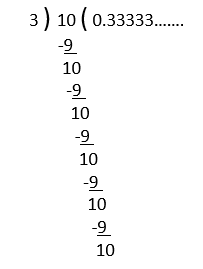
2) 300/37
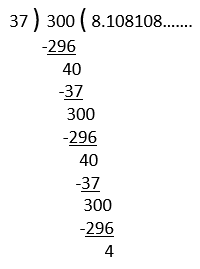
3) 47/99
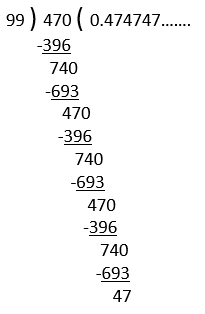
4) 7/6
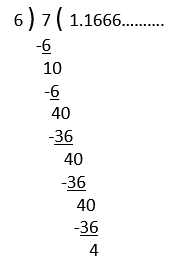
After dividing each rational number, we do not obtain Remainder 0 and the division process is not terminating and the digits are repeating in the quotient, therefore, the decimal expansion of all the above rational numbers will be non-terminating repeating (recurring).
It means we can say that the rational numbers whose denominators are not in the form of 2n×5m have non-terminating repeating decimal expansion. We can write this result in the form of a theorem.
Theorem 3) If x is a rational number of the form p/q, such that prime factorization of q is not of the form 2n×5m where n and m are non-negative integers then decimal expansion of x is non-terminating repeating (recurring) decimal expansion.
Note – 1) The above explanations show that the Decimal expansion of every Rational number is either terminating or non-terminating repeating (recurring).
2) If there is a number whose decimal expansion is non-terminating non-repeating then the number is called Irrational Number.
Some Examples
Example 1) Without actually performing the long division method, write the Decimal expansion of 17/3125 and 77/210.
Solution – Here, 17/3125 = 17/20×55
Denominator 3125 is of the form 2n×5m, so 17/3125 has a terminating decimal expansion.
Now 77/210 = 77/2×3×5×7
Denominator 210 is not of the form 2n×5m, so 77/210 has a non-terminating repeating decimal expansion. Ans.
Example 2) With the help of decimal expansion, decide whether the given numbers are Rational numbers or Irrational numbers.
i) 123.1236289476……. ii) 34.654321 iii) 0.324532453245………..
Solution – i) 123.1236289476…….
The Decimal expansion of this number is non-terminating non-repeating so this number is an Irrational number.
ii) 34.654321
The Decimal expansion of this number is terminating so this number is a Rational number.
iii) 0.324532453245………..
The Decimal expansion of this number is non-terminating repeating so this number is a Rational number. Ans.



































































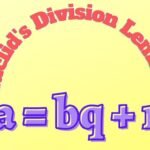

























































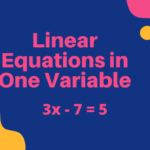













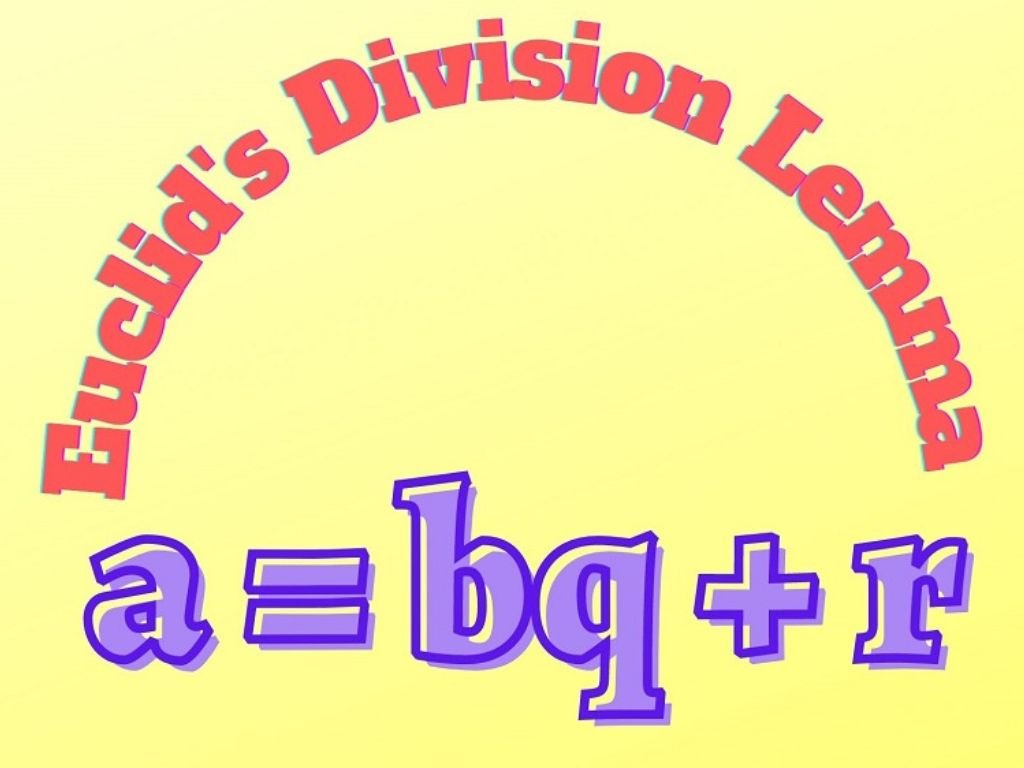


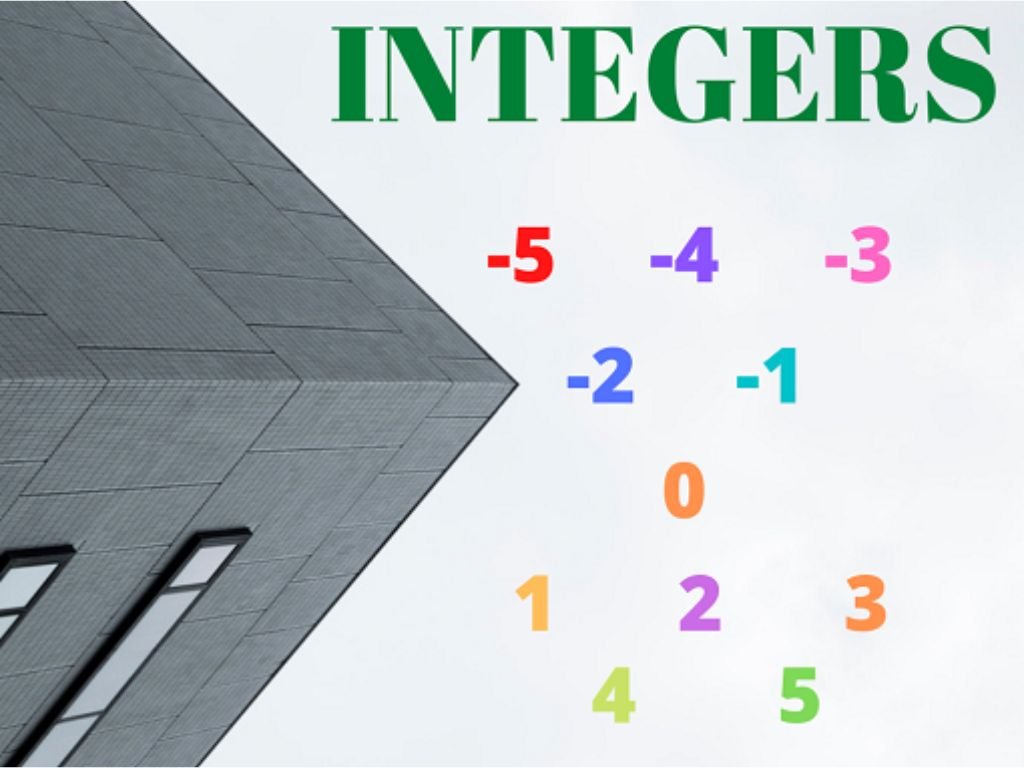



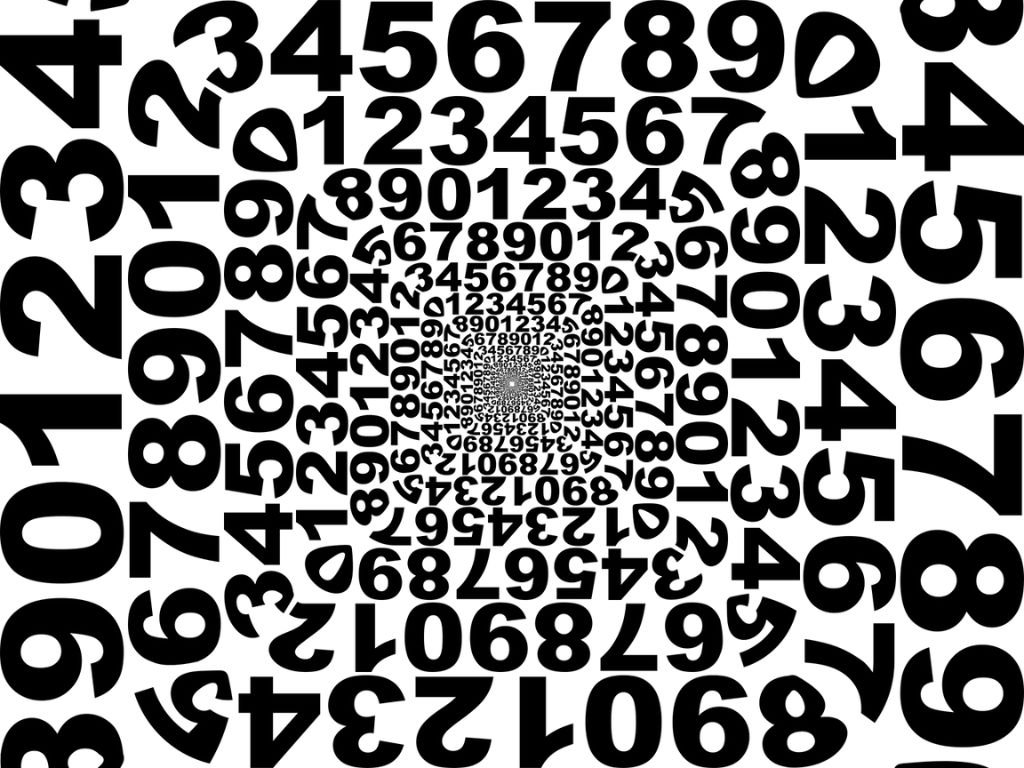
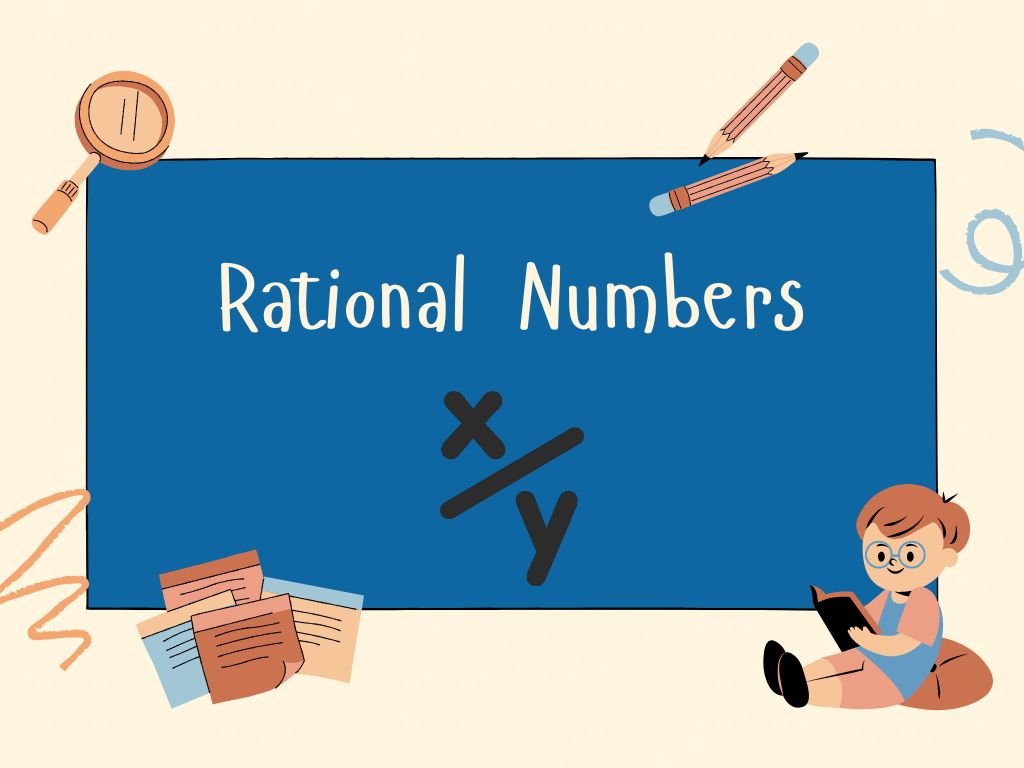

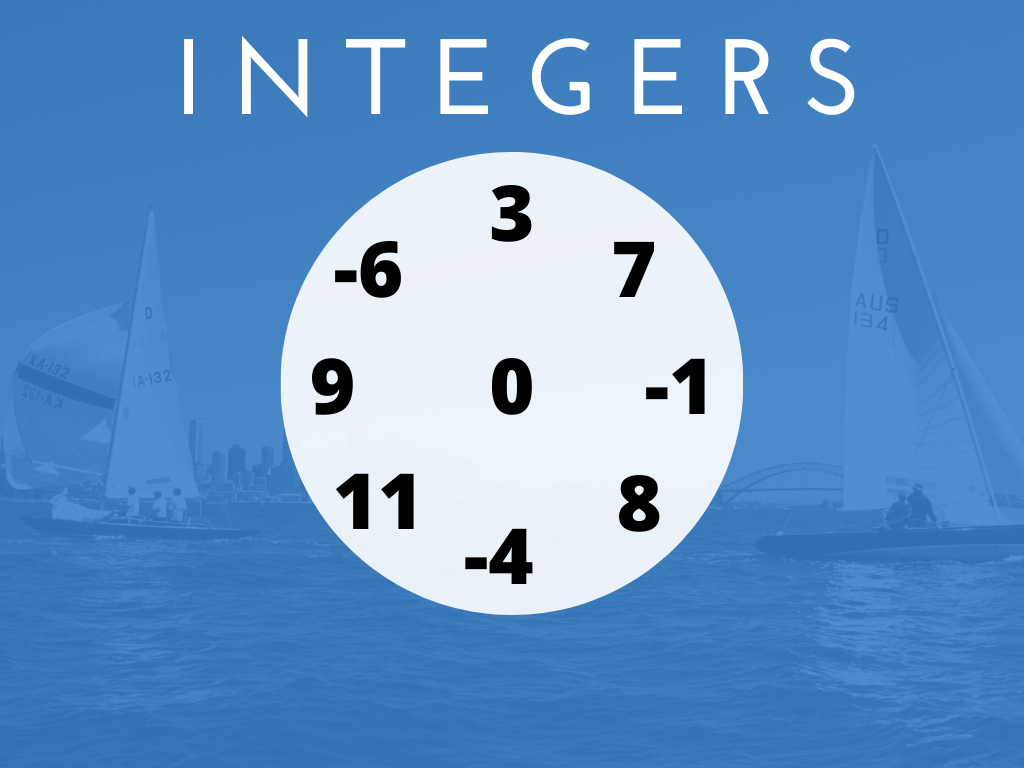
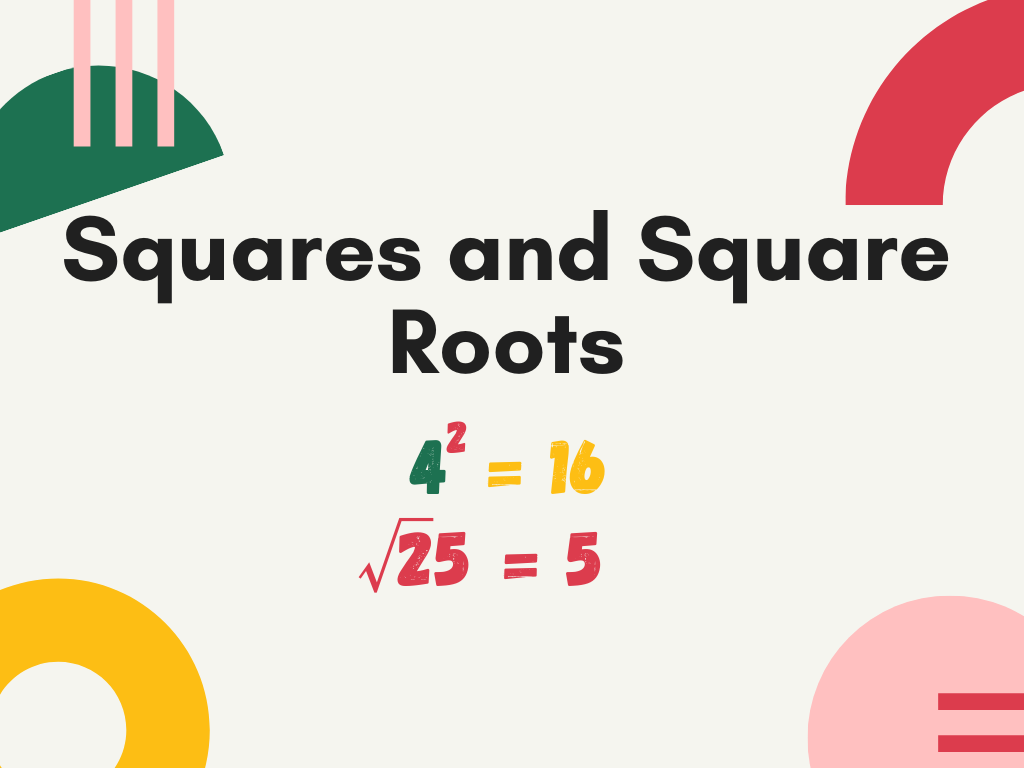
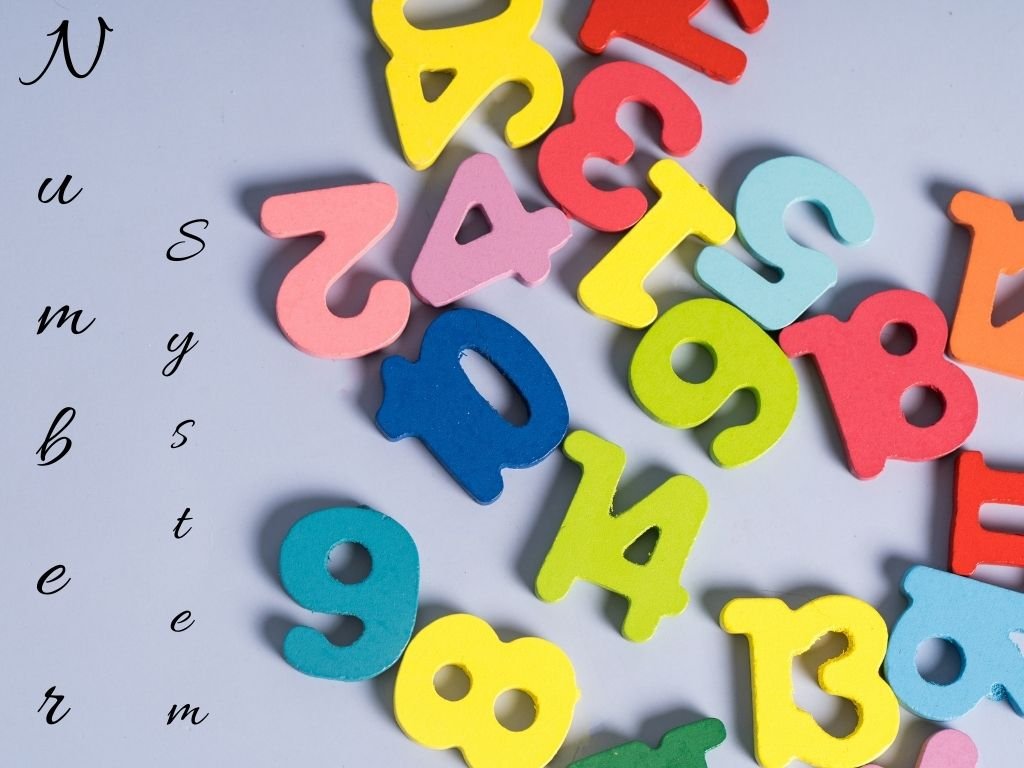


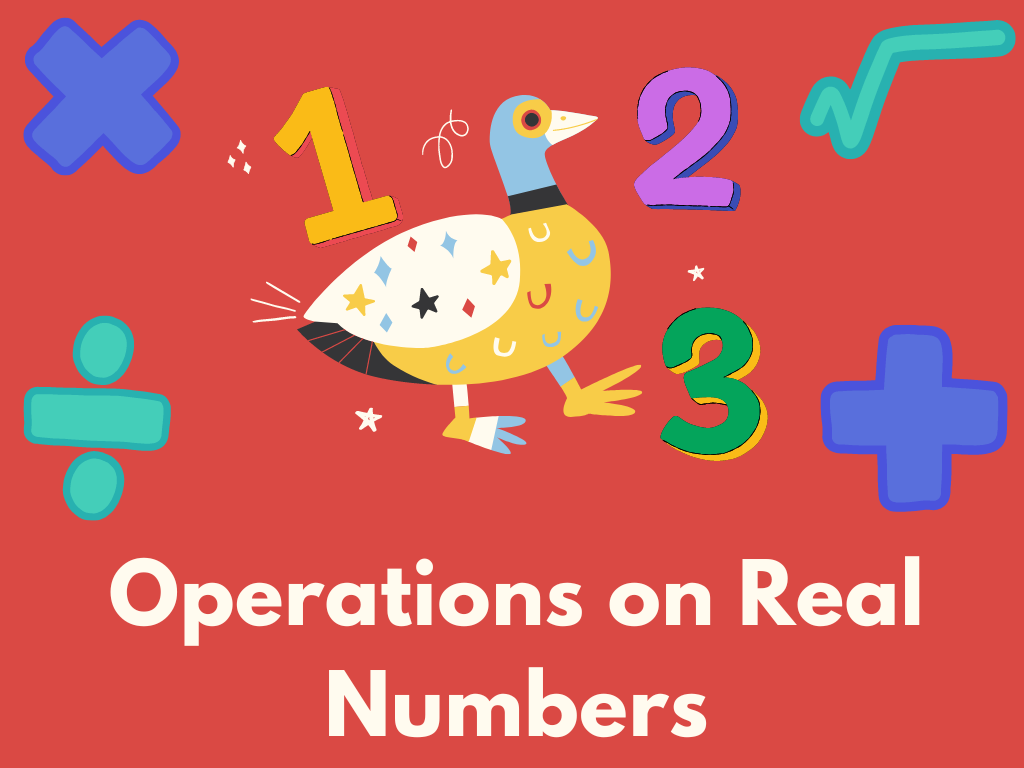
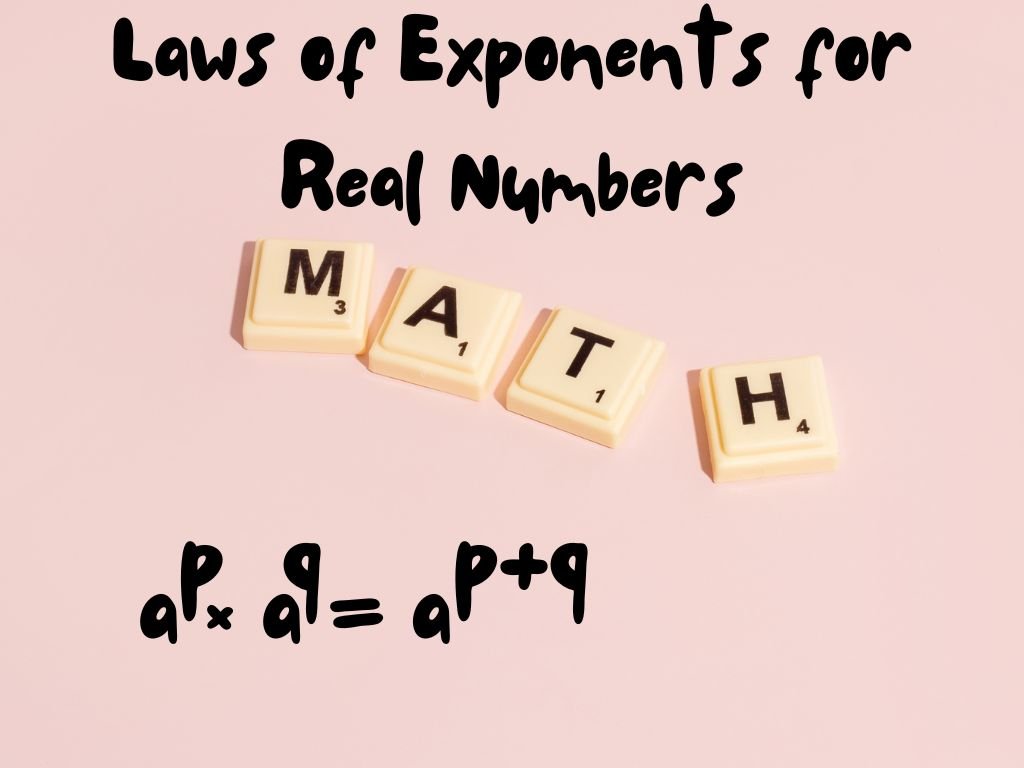
Thanks for sharing. I read many of your blog posts, cool, your blog is very good.